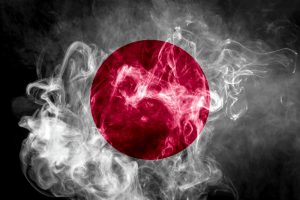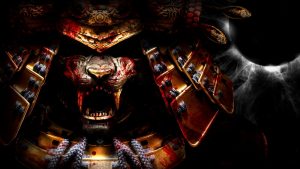Bakufu and Seven Centuries of Its Rule
Most Asian history will tell you about the Emperors that ruled them in the past. In Japan, Emperors ruled them, too. But there was a time when the military government or Bakufu took control of the Imperial Palace as well.
Bakufu is translated as a tent office. At the time when wars would take days or months in different territories, military officials had their own tent office. Thus, the term later refers to the military officials who would govern the entire force.
Bakufu ruled from 1192 until 1867, almost 700 years in total. The Emperors still preside over the Palace but were considered puppets of the Shogun. Shogun is the head of the military government. So for seven centuries, the most powerful person in Japan was the Shogun.
Shogunate was another term used to refer to the government. There are many known Shoguns and other military Daimyo that made Japan better. But there were bad ones, too. Sometimes the Shogunate is ruled by families, making the Shogun a puppet for powerful clans.
The Taira and Minamoto Warrior Clans
When Daimyo began governing over certain states in Japan, they needed security and assurance from bad people. They began to hire retainers. These retainers were the first Samurai.
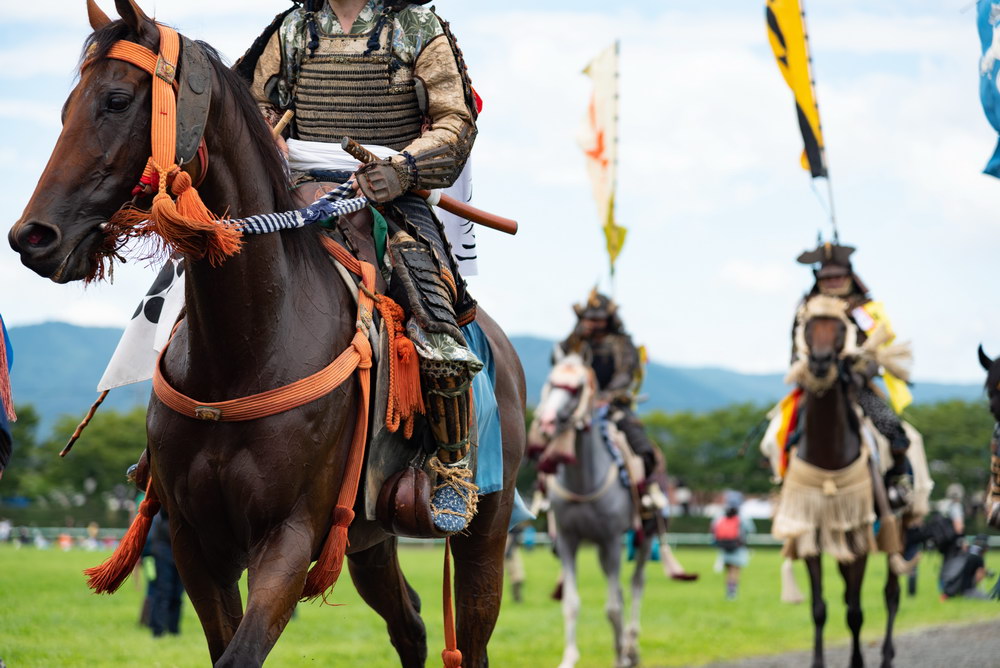
Soon the Daimyo themselves practice the art of the Samurai. They began the warrior clans. Later warrior clans were called to support the Imperial government.
Before Bakufu took over Japan’s leadership, they were already highly involved in the government. Just before the first Shogun established Bakufu, there was Taira no Kiyomori.
The Top Samurai Clans
The Taira and Minamoto clans were top Samurai clans at the end of the Heian period. In 1156, Taira no Kiyomori and Minamoto no Yoshitomo won over the Hogen Rebellion. This rebellion was about who would be the rightful emperor. Siding with Emperor Go-Shirakawa, these two men led him to his throne and served for about 37 years.
Having earned the Emperor’s trust, Kiyomori achieved high positions in the Imperial Courts. Soon, he had his daughter marry Emperor Takakura, Go-Shirakawa’s fourth son. His ascent to power was unstoppable. When his grandson was born, he made sure he would be the next Emperor.
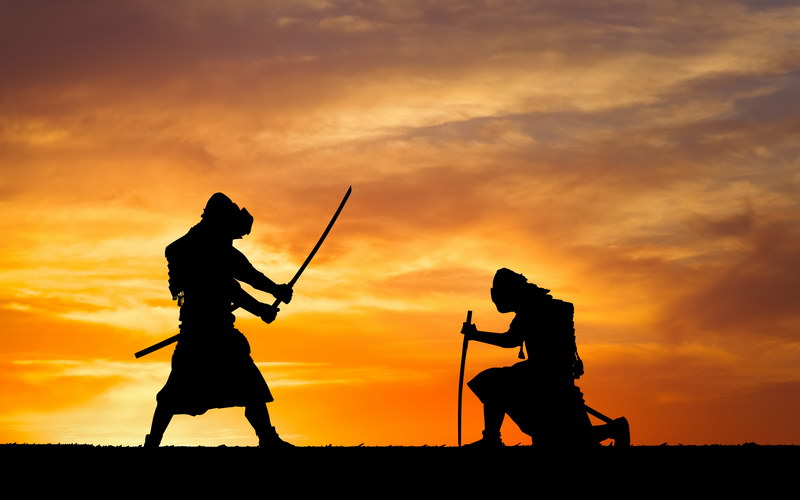
This didn’t come without challenges. His once ally Minamoto no Yoshitomo became his enemy in the Heiji Rebellion. Kiyomori won over and had almost all Minamoto killed. But he spared three of Yoshitomo’s sons that would soon take the Taira clan down.
Minamoto no Yoritomo became head of the Minamoto at a young age and was exiled. Later he would grow up and marry Hojo Makaso, a clan that would soon hold the power of the first Bakufu.
In 1180, a call for all remaining Minamoto to fight against Emperor Antoku came. This began Yoritomo’s journey to fight for his right as head of his clan and to win over Taira. After many defeats, he finally came as the victor in 1184.
First Bakufu and Kamakura Period
Minamoto no Yoritomo built his home, defense, and army in the town of Kamakura. Therefore, the first Bakufu government was established in Kamakura. Thus, the beginning of the Kamakura Period.
Being the person that placed the Emperor to his seat, the Emperor gave Yoritomo the position of Shogun. Along with it came the power to collect tax, appoint leaders, and head the military government. Hence, Yoritomo is the first Shogun of the 700 years Bakufu reign.
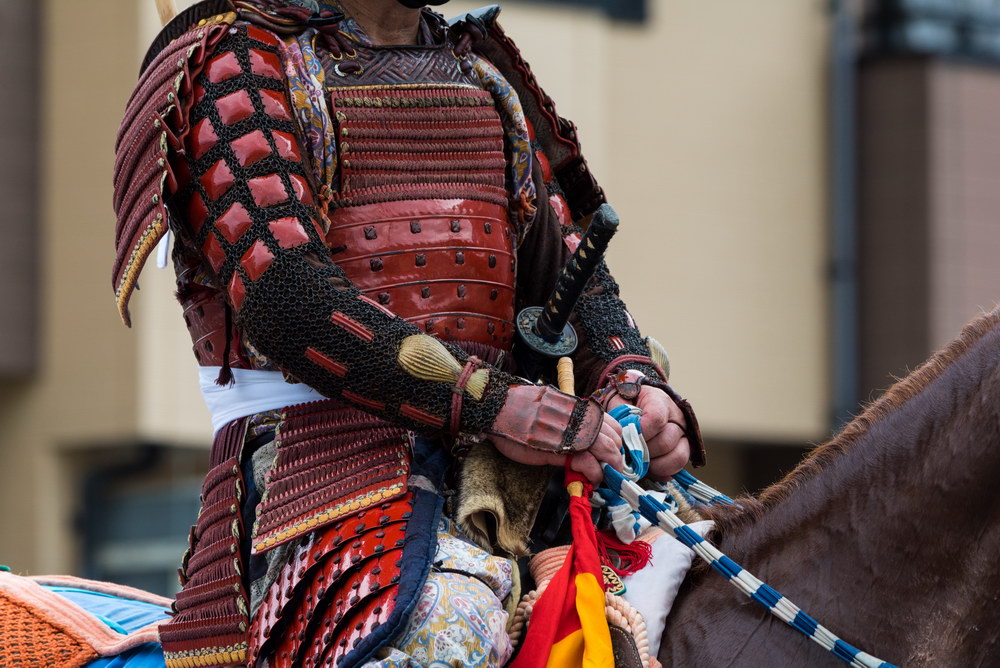
Having many responsibilities, this means that the Shogun needs help in his decisions. Shogun Yoritomo appointed his wife as Shikken or regent to the Shogun. This position will then be held by the Hojo clans and will be the ultimate power in the next decade.
When Yoritomo died, his son Yoriie succeeded as Shogun. At only 18 years old, his grandfather Tokimasa appointed himself Shikken to Yoriie. This began the reign of the Hojo clan. Tokimasa, Masako, and Hojo Yoshitoki, the Shogun’s uncle, became the council of regents.
The Bakufu in the Kamakura period was then led by Minamoto Shoguns controlled by Hojo regents. In this era, they established few systems in the provinces and fought many civil wars. In the end, it lost to one, the Siege of Kamakura.
The end of the Kamakura Shogunate also ended the Hojo clan. Nitta Yoshisada, an imperial loyalist, succeeded in entering the Kamakura fortress. He drove the Hojo clan away with many committing Seppuku.
The Ashikaga Bakufu and Muramachi
Nitta Yoshisada wasn’t alone in the attack against the Kamakura Bakufu. Together with him was Ashikaga Takauji, a general of the Shogunate. Later their relationship will turn to enemies at the battles of Sanoyama and Mishima.
After a few years of imperial rule, Samurai began to distrust the imperial court once again. Takauji asked the Emperor to stop them but was ignored. When a rebellion was instigated by a Hojo, Takauji voluntarily shut it down. He took Kamakura and declared himself Shogun, making him the first in the Muromachi period.
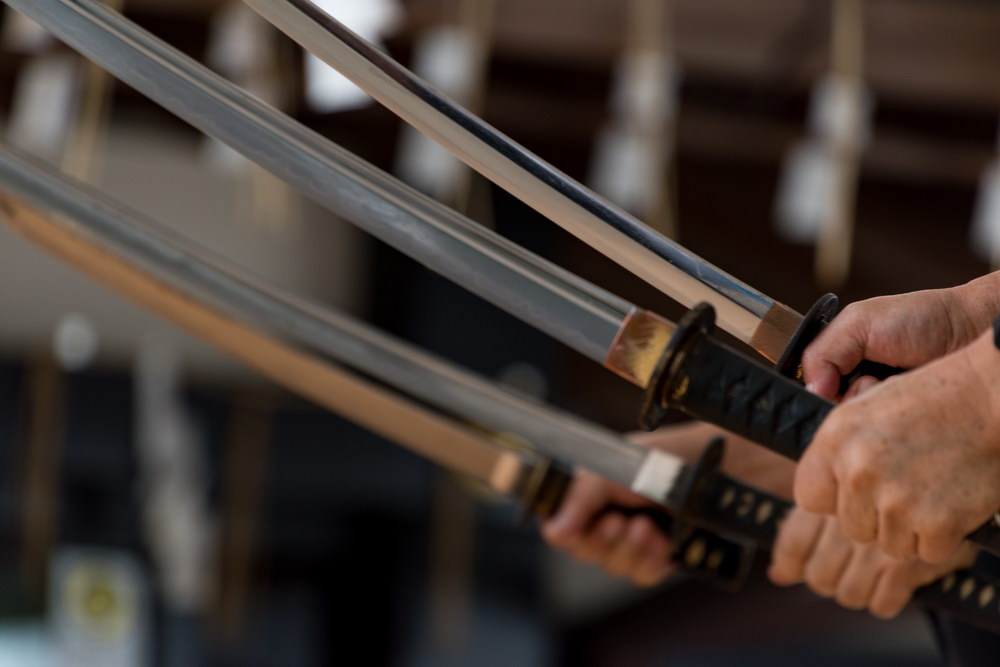
By 1378, the third Ashikaga Shogun Yoshimitsu moved the Bakufu headquarters in Kyoto. Over the years the Ashikaga were choosing the Emperors and trying to win many provinces of Japan. This marked a lot of civil wars during their reign.
By 1467, the Ashikaga themselves were battling for succession. Along with the top clans Shiba and Hatakeyama, each member of these families divided themselves into two and started the Onin War.
This war lasted for ten years and ended with no victor. It also left Kyoto to ruins marking the end of Muromachi.
The Ashikaga-Tokugawa Bakufu and Sengoku
The war extended outside Kyoto and reached the four corners of Japan. Civil war dominated the majority of the 15th century. Ikko-Ikki or rebellious groups can be found anywhere. Soon Daimyo and their retainers took leadership defending their own territories.
The Ashikaga Bakufu tried to keep their government in place. But soon, the warring lords would join forces and fight against them. Oda Nobunaga of the Owari Province came to light.

He led many wars until he removed Ashikaga Yoshiaki as Shogun in 1573. This was now the end of the Ashikaga Bakufu. By the 1580s, Nobunaga succeeded in defeating most of the Ikko-Ikki. He became the first unifier of Japan.
Though the wars didn’t come to a full stop, Nobunaga continued his campaign. Bringing Japan together was the Sengoku period’s ultimate goal. However, he was murdered before he could see it to the end, his successor continued.
Tokugawa Ieyasu led the defining Battle of Sekigahara to end the period. With a total of about 200,00 men from both sides, Ieyasu came out as a victor.
Tokugawa Bakufu and Edo
Tokugawa Ieyasu became the first Shogun after a long while of having none. The Tokugawa clan built their base in Edo marking the success of unifying Japan.
The Edo period is known to be an era of peace. Though the imperial family remained a figurehead, they were not ultimately powerless. The Bakufu established laws between the imperial family and the Shogun. This helped maintain peace and defined their working relationship.

The Bakufu was less on war and more on administrative roles. They became the implementer of the new class system as well as controlling the feudal states. Soon Japan recovered and economic growth was visible.
Foreign trades came and flourished and Christianity was introduced. But fearing foreign influence would cause war again, the Bakufu enforced the Sakoku Edict. This will close Japan from the world and only have limited trading partners.
End of Bakufu
But after 200 years, Commodore Matthew Perry of the US Navy would bring his Black Ships (the navy ships) and force Japan to cancel the Sakoku Edict.
Over the years, the government shifted to administrative roles. The Tokugawa Bakufu gave way to modernization and socialization. Though they tried to reassert their dominance, bit by bit they lost their roles in the government. The imperial courts regained most of the support and the last Tokugawa Shogun Yoshinobu resigned. The Bakufu regime came to an end.
This marked the beginning of the Meiji period as Emperor Meiji brought Japan as one of the powerful countries in the world. Having been through social, economic, and political change Japan rose to power by 1912.
